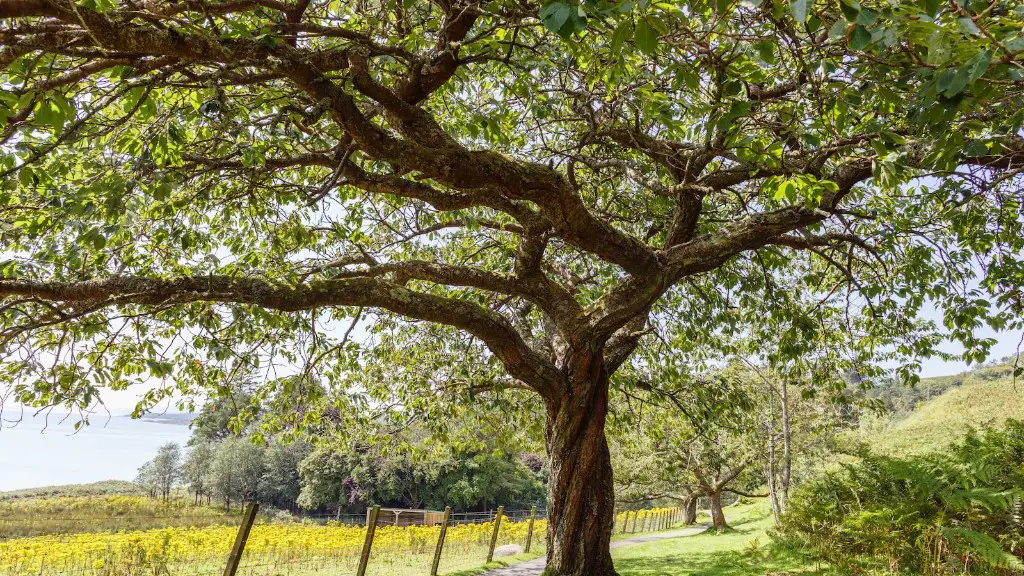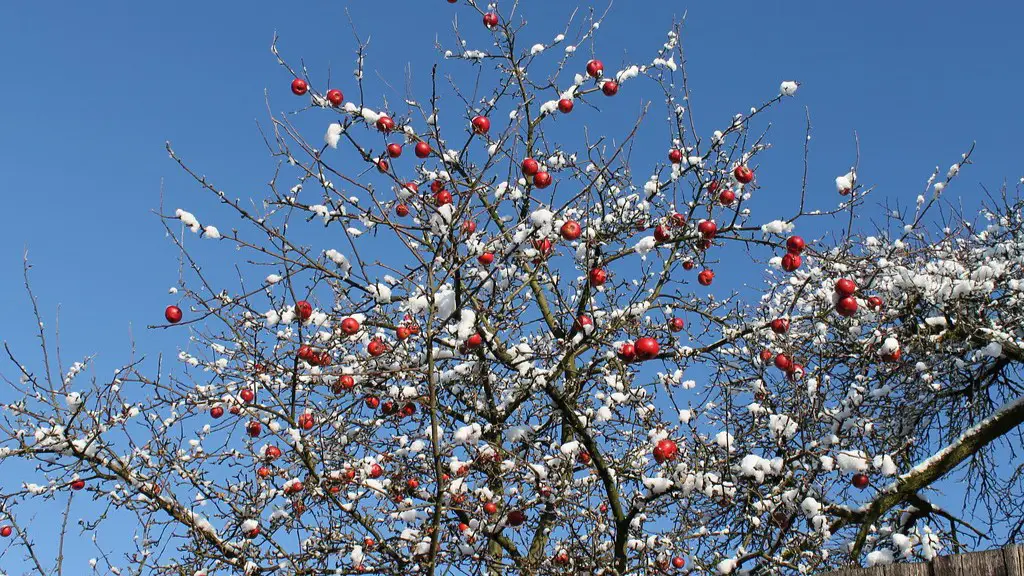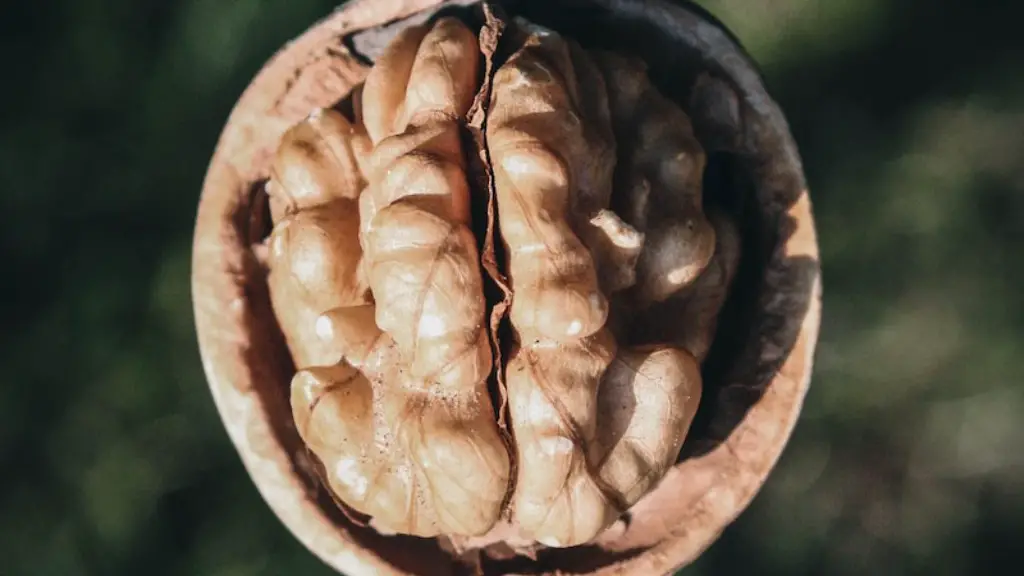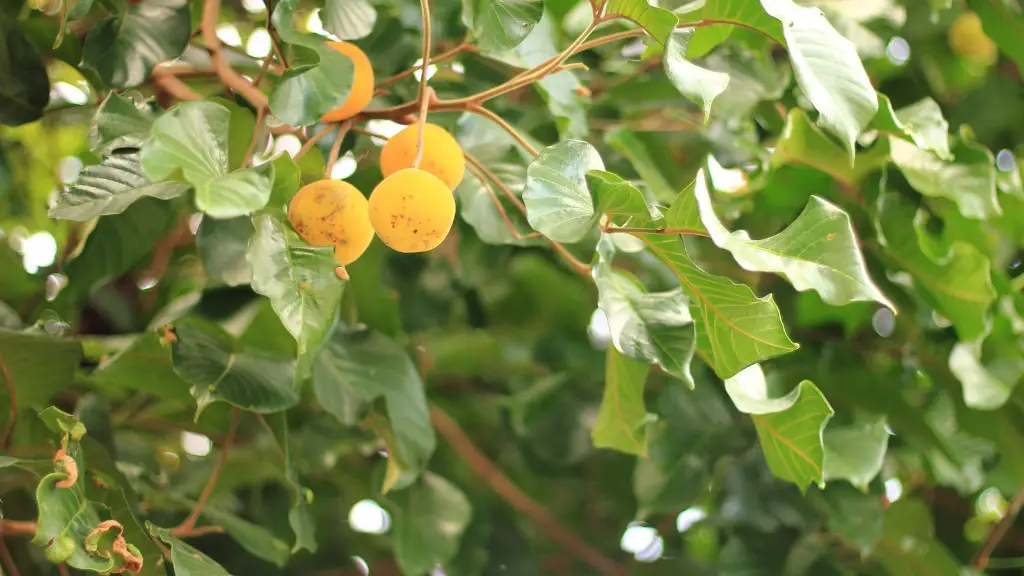Weeping cherry trees are an iconic symbol of spring. With their abundance of tiny pink blossoms, these delightful trees tend to evoke feelings of happiness and renewal. But, how long does a weeping cherry tree live? It is a question that many have asked and a topic that warrants further investigation.
Our answer doesn’t come without a little bit of understanding history and biology. Weeping cherry trees have been a popular ornamental plant since the 19th century. They are a hybrid species created through cross-breeding native Japanese cherry trees with other Japanese species. Weeping cherry trees have much shorter lifespans than their wild counterparts–but exactly how long they live depends on many circumstances.
One of the primary determining factors of a weeping cherry tree’s life-span is the cultivar. To understand this better, let’s take a look at one popular cultivar: the ‘Hokuto’ cherry tree, a short-lived variety with a relatively short life expectancy. It’s estimated to live for about 20 to 25 years under ideal conditions. Granted, this is substantially shorter than wild cherry trees, which can live for hundreds of years.
But enough about one species. In general, the life expectancy of weeping cherries is based on the soil condition, location, and the amount of care it receives. In well-drained, fertile soil, with plenty of sunlight and regular pruning, weeping cherries can live as long as 30 years. It is also important to note that tender weeping cherry trees are vulnerable to changes in the weather, which can shorten its lifespan.
An essential part of sustaining the life of a weeping cherry tree is proper care. Pruning needs to be done regularly as weeping cherries tend to produce extremely dense foliage. Furthermore, it is important to pay attention to soil health and make sure the tree is receiving enough nutrients. Fertilizing in early spring may help promote healthy growth.
All in all, a weeping cherry tree is a delightful addition to any outdoor space. Despite its short life, these trees can bring abundant beauty to a garden or yard, only making them more special.
Pests & Diseases That Affect Weeping Cherry Trees
Just like other trees, weeping cherry trees can be prone to insect infestations and other diseases. Even under proper care, it is possible for these trees to suffer from various diseases, such as root rot, powdery mildew, and leaf spot. It is especially important to look out for signs of infection and consult a professional arborist if necessary.
Additionally, insects can cause stress to weeping cherry trees. Common pests include aphids, spider mites, borers, and Japanese beetles. If possible, identify the pest and look up natural ways to repel them. Organic insecticides may also be used if there is an infestation.
It is worth taking a few minutes to inspect the tree once in a while to spot any potential problems. Early detection and quick action can help foster a healthy tree, prolonging its life.
Unique Characteristics Of Weeping Cherry Trees
Weeping cherry trees have captivated people for centuries for a variety of reasons. Firstly, their look is quite unique, with sinuous branches, arching towards the ground or even hanging from the trunk. They also produce an abundance of fragrant, pink blossoms that typically appear before the leaves do.
Moreover, the branches of a weeping cherry tree tend to follow a distinct pattern. Different from many other trees, weeping cherries follow a Fibonacci sequence where the angle of branching gets smaller and smaller in a clockwise manner with each layer. It’s an interesting pattern and makes for fascinating viewing.
Is a Weeping Cherry Tree Right For You?
With so many different varieties of weeping cherry trees, it can be difficult to choose one that best fits your needs. Consider the size of the space you have and evaluate the sun/shade conditions of the area. Then think about the amount of time and effort you are willing to commit to its care.
Weeping cherry trees can be fairly low-maintenance, but it is necessary to provide proper fertilization and pruning. Furthermore, if your area sees cold winters, it is important that the tree is planted in the right kind of soil, such as clay. If you often experience frost, it’s best to opt for a cultivar that is more suited to harsher climates.
Wondering where to get a weeping cherry tree? You can usually purchase one at local nurseries, online nurseries, and sometimes even places like Walmart. If you have room in your garden, then a weeping cherry tree can bring beauty, a wonderful scent, and visual interest into it. Enjoy!
Alternatives To A Weeping Cherry Tree
Weeping cherry trees are beautiful, but if you are looking for a different type of cherry tree, there are other unique alternatives. For example, you could plant the weeping Yoshino cherry tree, which produces bigger blossoms and is longer lived than other varieties. Additionally, you could choose a columnar cherry tree with its unusual tall, columnar shape.
Another way of introducing a cherry tree into your landscape is by planting a Kwanzan cherry tree. This variety has double flowers that look like pom-poms and tend to last longer than the single-petal varieties. A Kwanzan cherry tree can grow to a height of 25 feet and creates a stunning display of pink and white blossoms when it flowers in the spring.
For those looking for a cherry tree without the weeping habit, the Shirofugen cherry is a great choice. This type of cherry tree has droopy branches and small white flowers, with a semi-double bloom. It is a hardy species that is resistant to hot, dry climates and prefers full sun.
Whatever your preference, cherry trees offer a plethora of options and unique characteristics. There’s sure to be a variety suitable for any landscape, from traditional weeping cherry trees to more exotic ones.
Weeping Cherry Trees and Allergies
Although blooming cherry trees bring joy to many, it worth mentioning that they also can cause some unpleasant allergic reactions in some individuals. Weeping cherries, in particular, are pollen-producing plants and can bring about seasonal allergies for some. Those suffering from allergies should avoid planting a weeping cherry tree or endeavor to keep it pruned and away from airways.
Additionally, during the bloom season, it is wise to wear a mask when outdoors to avoid breathing in the pollen. People who are very sensitive to allergies are not advised to be in close contact with these trees during the bloiting period.
Conclusion
In conclusion, while a weeping cherry tree has a relatively short life expectancy, it can bring beauty and fragrance to a landscape. Many factors can influence the life-span of these trees, including the cultivar, climate, soil condition and other influences. Proper care and responsibility are important in maintaining the health of a weeping cherry tree. Weeping cherries can also cause seasonal allergies for some, so it is important to pay attention to the signs of allergic reaction when near these trees.




